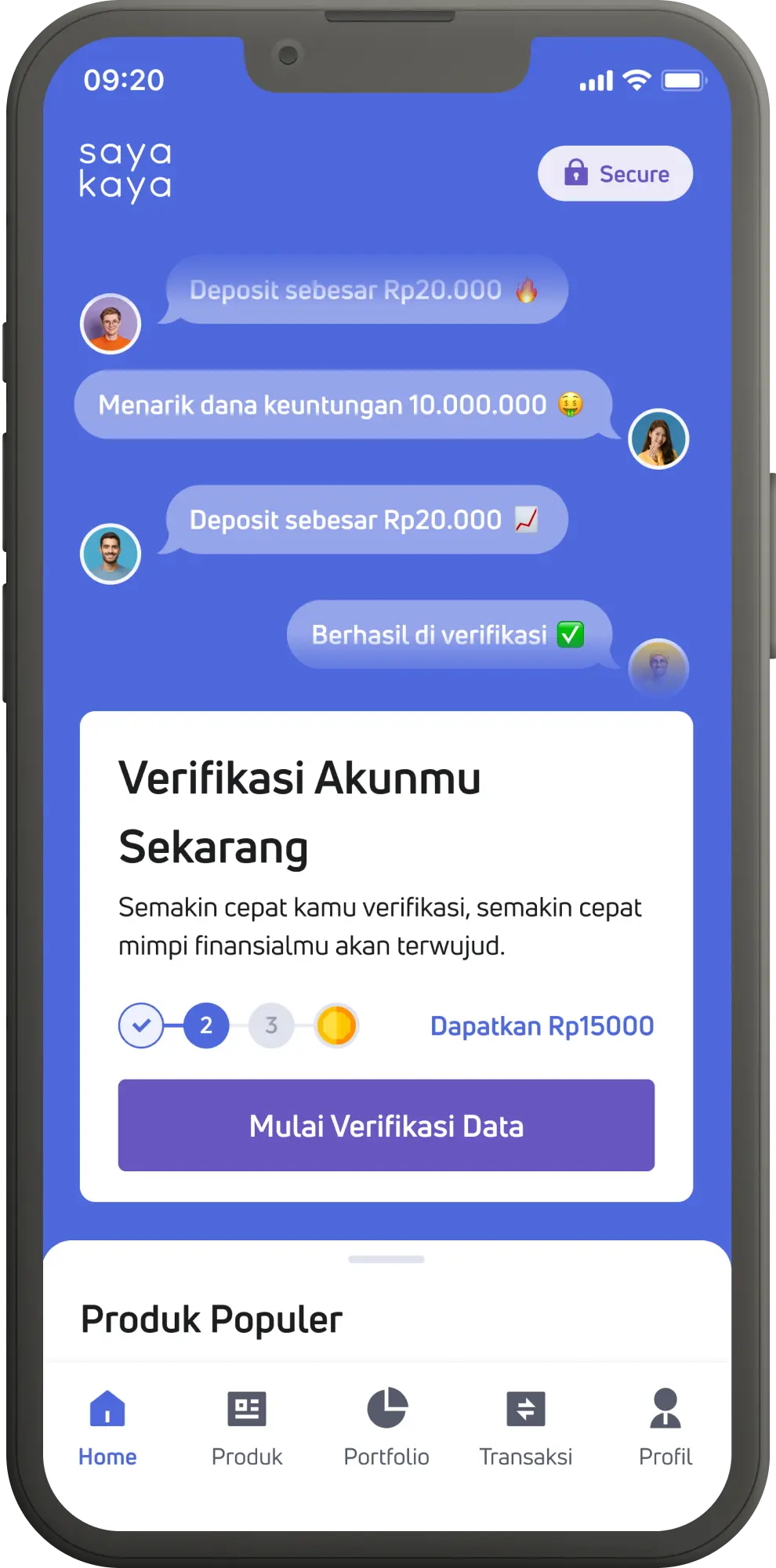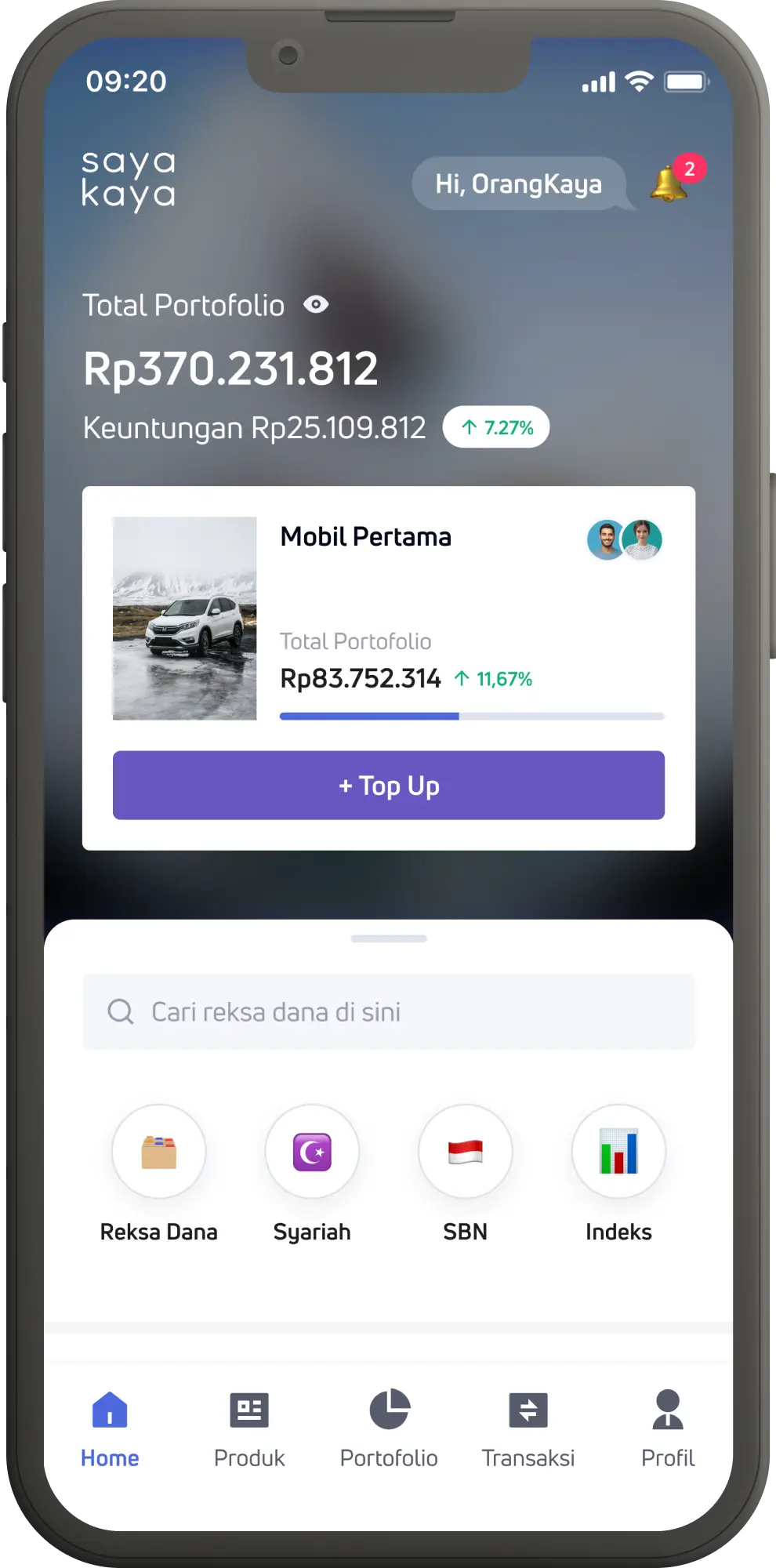What the Skibidi? The Psychology of Brainrot

Written by Ivey Warsono
Designed by Kirana Rumantir
The video opens by panning toward a plain white toilet in a nondescript bathroom. Suddenly, a human head with an unsettling grin rises from the bowl, its wide, twitching eyes locked on to you. “Skibidi dub dub dub yes yes,” it blurts in a strange variation, set to a jarring melody that feels like a surreal mix of a children’s nursery rhyme and a fever dream. The head bobs along to the nonsensical rhythm, as if performing some grotesque ritual only it understands. This is just one of 77 episodes in the YouTube series “Skibidi Toilet”.
While the concept may sound absurd, the numbers tell a different story. Creator Alexey Gerasimov has amassed over 43 million subscribers on YouTube, with some videos racking up more than 100 million views. On TikTok, the hashtag #skibiditoilet has been viewed over 20 billion times. Even The Washington Post has crowned it "the biggest online phenomenon of the year."
However, the success of Skibidi Toilet has sparked concerns—especially amongst parents of Generation Alpha, the first group of kids to swap Barbies and Hot Wheels for endless hours of YouTube and TikTok. Many parents report their children becoming obsessed with the series, even coining the term “Skibidi Toilet Syndrome” to describe the behaviour. They've observed their kids getting upset or angry when restricted from watching, with some even imitating the characters by sitting in baskets or boxes like makeshift toilets. In Moscow, a concerned resident reported the show to local authorities, calling for a ban and prompting an investigation by Russian police, claiming it has a harmful effect on children.
The impact of such substanceless content on children's minds is often referred to as "brainrot"—a slang term for low-quality internet content or the negative effects it can have. Spending excessive time on this type of content may cause the brain to “rot,” leading to a deterioration in cognitive functioning. It’s a paradox: why are some videos captivating despite their low quality? Psychology can explain this.
The mere-exposure effect is a psychological phenomenon where repeated exposure to something increases a person’s preference for it, even if the content is initially unappealing or lacks substance. In the case of viral content like Skibidi Toilet, this effect combines with the dopamine loop to create a powerful cycle of addiction. As users encounter the same memes, videos, or phrases repeatedly, their brains release small bursts of dopamine, reinforcing feelings of pleasure and attachment. This constant feedback encourages viewers to keep seeking out the same low-quality content, despite its lack of depth. Over time, the mere-exposure effect—fueled by dopamine—trains the brain to crave these familiar, fast-paced stimuli, regardless of its substance.
This process creates a self-perpetuating loop: repeated exposure triggers the mere-exposure effect, which, paired with dopamine release, fosters an addictive attachment. As viewers become more hooked, they seek out the content more frequently, driving its popularity. On viral platforms, popular content is promoted even more, widening its reach. This intensifies the cycle—greater exposure leads to more addiction, boosting the content’s visibility and generating even more exposure. This not only explains how seemingly nonsensical content like Skibidi Toilet amasses huge followings, but also how it maintains such high engagement, as dopamine-driven addiction and constant exposure endlessly reinforce each other.
This loop is further intensified by what some call “brainrot language,” and Skibidi Toilet is just one example. With its abundance of terms that only the “chronically online” would recognize, brainrot has evolved into its own kind of language. Unlike millennial or even Gen Z slang, which tends to have straightforward meanings (e.g., "take a chill pill" = relax or "GOAT" = greatest of all time), the slang of today’s youngest generation—terms like "Sigma" or "Ohio"—is highly context-dependent, requiring knowledge of specific internet references to understand. Through these linguistic choices, they've managed to weave brainrot culture directly into their everyday language, reflecting a growing dependency on the internet. For Generation Alpha, this blurs the line between online and offline life, cementing the internet as a defining aspect of their generation.
When we consider the bigger picture, the rise of Skibidi Toilet and similar viral content isn’t just an absurd internet trend—it’s a glimpse into how technology is reshaping the way we think, communicate, and live. For Generation Alpha, who are growing up fully immersed in this digital environment, the internet is a fundamental part of their reality and identity, shaping how they perceive the world. As we continue to navigate this landscape, it’s clear that technology’s impact on our brains, behaviours, and social structures runs deeper than we might realize, raising important questions about the long-term effects of constant exposure to fast, addictive digital content.
Works Cited
Lihat Blog Lainnya

Weekly Newsletter 29 Oktober 2024: Pemerintahan Presiden Prabowo Subianto Dimulai
Indeks Harga Saham Gabungan (IHSG) mengalami koreksi setelah minggu sebelumnya meningkat tajam. Pada hari Jumat, 25 Oktober 2024 IHSG ditutup pada level 7.694 atau turun -0,85%. Yield obligasi Indonesia 10 tahun dan nilai tukar rupiah terhadap dolar Amerika Serikat (AS) juga ikut mengalami pelemahan. Yield obligasi Indonesia 10 tahun meningkat ke level 6,755% dibandingkan minggu lalu pada level 6,651%. Sedangkan nilai tukar rupiah melemah hingga Rp 15.635, meningkat 1,13%.
Baca Selengkapnya
Hasil Investasi Reksa Dana Selama 10 Tahun Pemerintahan Presiden Jokowi
Pada tulisan sebelumnya telah dibahas mengenai kinerja Indeks Harga Saham Gabungan (IHSG) selama dua periode presiden Jokowi (20 Oktober 2014 sampai 18 Oktober 2024) https://sayakaya.id/blog/market-update/kinerja-ihsg-10-tahun-pemerintahan-presiden-jokowi yang mencatatkan kinerja periode 1 (Oktober 2014-2019) sebesar 22,84% dan periode 2 (Oktober 2019-2024) sebesar 25,32%. Dan jika dilihat selama 10 tahun tersebut, IHSG mencatatkan kenaikan sebesar 53,95%.
Baca Selengkapnya
Gajian Oktober Serbu Bonus 50Ribu!
Hai Teman Yamin! Yamin datang bawain promo spesial gajian di Bulan Oktober nih. Jangan lupa budgeting gaji kamu dan sisihkan buat investasi dengan manfaatin promonya. Cek syarat dan ketentuan di bawah ini!
Baca Selengkapnya









